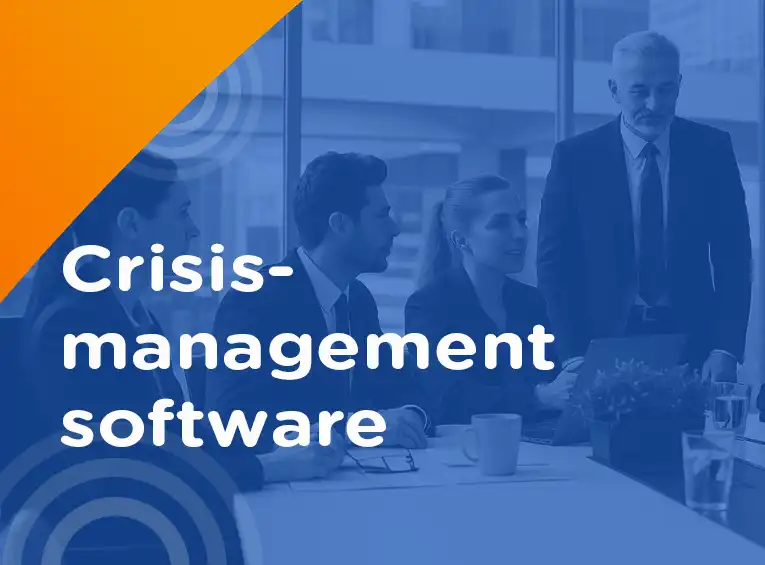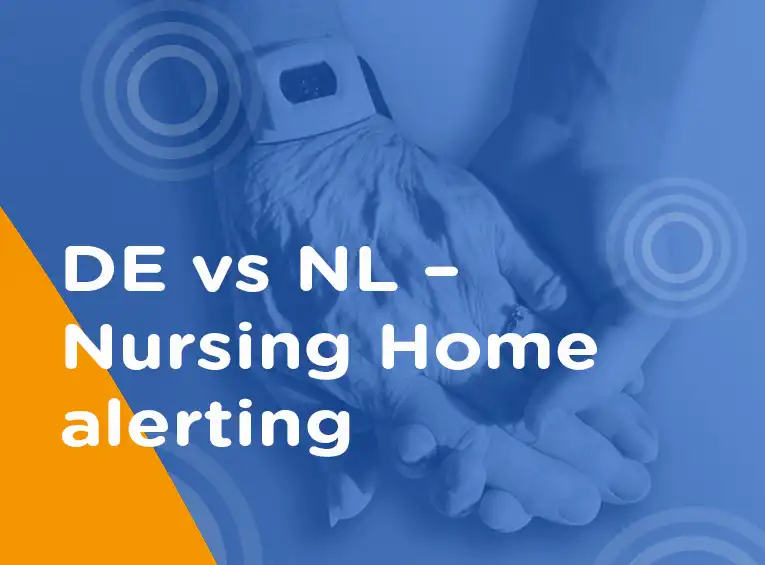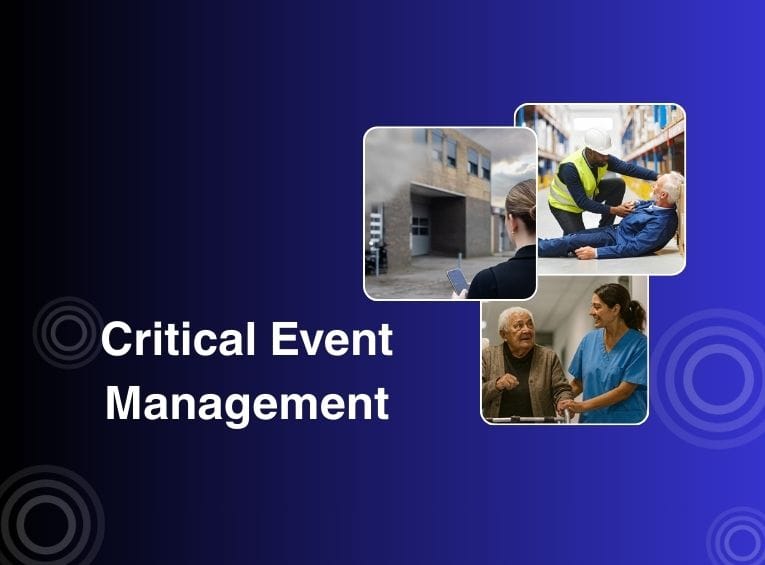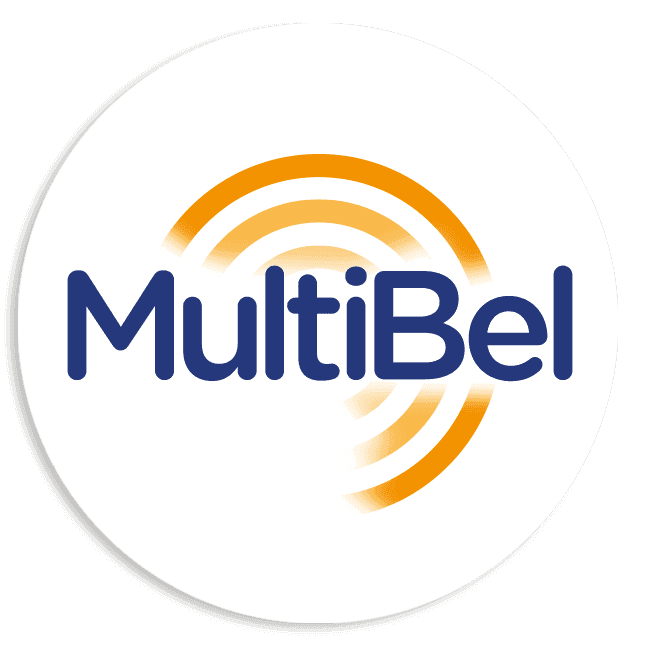Table of contents
Critical Event Management (CEM) for Emergency and Crisis Management
Natural disasters, cyberattacks, or supply chain disruptions require fast and coordinated responses to prevent high costs, operational downtime, and reputational damage. A proactive approach with clear alerting procedures and emergency plans ensures business continuity and minimizes financial losses. Crisis management strategies are essential for the safety and resilience of modern organizations.
This is where Critical Event Management (CEM) comes in: a powerful and reliable solution that helps organizations effectively manage critical events. In this guide, you will learn how CEM systems such as MultiBel help you stay in control in any situation. More than 3,000 organizations trust MultiBel for its ease of use, extensive functionalities, and guaranteed reliability.
The core functions of CEM include rapidly alerting the right people through multiple communication channels, facilitating communication and collaboration during emergencies, and providing tools for efficient incident and crisis management. The goal is to minimize the impact of critical events by enabling faster response times, improved coordination, and ensured business continuity — so your organization stays resilient, no matter the challenge.
Challenges in Crisis Management
Effective crisis management comes with several challenges. Two central factors that often determine the difference between success and failure in a crisis are the speed of alerting and the effectiveness of communication.
Delayed Alerting
Traditional alerting methods, such as call chains or manual phone lists, are often slow and inefficient, which can lead to critical delays in response. MultiBel is designed to significantly reduce reaction times compared to these traditional methods.
The shortcomings of crisis management systems that rely solely on WhatsApp groups or notifications via email/SMS are clear. This guide shows how modern alerting systems overcome these delays and immediately reach the right teams. A particular challenge lies in quickly reaching all relevant employees—especially those who are geographically dispersed or must be available outside of regular working hours—something traditional communication channels often fail to achieve.
Ineffective Communication
Maintaining a clear and consistent flow of information during a crisis is another major challenge. Misinformation can spread quickly and hinder an effective response. Both information overload and lack of information pose serious risks.
Coordinating response measures between different teams or departments is especially difficult when various communication tools are used without providing a unified overview. The risk of misinformation and the absence of a shared operational picture may cause teams to work with incomplete or even contradictory information, resulting in confusion and ineffective measures.
Solutions for Modern Emergency and Crisis Management
The MultiBel safety platform offers a comprehensive solution to the key challenges in crisis management. Thanks to fast alerting functions and effective communication tools, it helps organizations stay in control during emergencies and reduce damage.
Overcoming Alerting Delays
CEM excels in rapid alerting, making it possible to reach thousands of people within seconds. The Critical Event Management platform supports multi-channel communication via app, phone, email, and SMS.
A particularly valuable feature is the ability to override silent mode on iOS and Android devices, ensuring that critical alarms always come through—even when the phone is on silent. In addition, CEM enables location- and role-based alerting, so only the relevant employees are contacted based on their presence and role. The attendance registration function further supports this targeted approach.
Tackling Ineffective Crisis Communication
The crisis management system provides team leaders with a real-time overview of the situation, including availability and deployability of personnel. The integrated chat module allows users to securely share text messages, documents, photos, and videos—contributing to faster understanding and reducing miscommunication.
Features such as conference calls and push-to-talk (walkie-talkie) enable direct voice communication between team members, regardless of their location, improving real-time coordination. In addition, tasks can be assigned to specific individuals or crisis teams, and progress can be tracked live, ensuring accountability and efficient execution of measures.
Added Value and Practical Applications of Crisis Management Strategies
This guide demonstrates the added value of the platform in crisis situations. Its benefits are wide-ranging. Faster response times help reduce damage and financial losses, while improved coordination and collaboration between response teams ensure a unified and effective approach. The system also strengthens situational awareness and supports informed decision-making, enabling crisis leaders and responders to act with a shared understanding of events. By allowing for rapid response and recovery, it safeguards business continuity and operational resilience, minimizing downtime and disruptions. At the same time, it increases safety and protection for employees, particularly lone workers, through specialized features designed with their needs in mind.
CEM is applied across a broad spectrum of sectors. In hospitals, it is used to alert emergency teams, coordinate evacuations, manage technical failures, and organize on-call services. Industrial companies rely on it to notify intervention teams, security staff, technicians, and crisis units during technical disruptions, while also ensuring lone worker protection. Municipalities and government agencies apply the platform to alert emergency services, safeguard public safety at events, and coordinate disaster response. In office buildings and corporate environments, it enhances employee safety, supports IT crisis management, and manages evacuations.
To further illustrate the added value of MultiBel CEM, the table below summarizes the most important benefits, linked to typical use cases and relevant functionalities.














